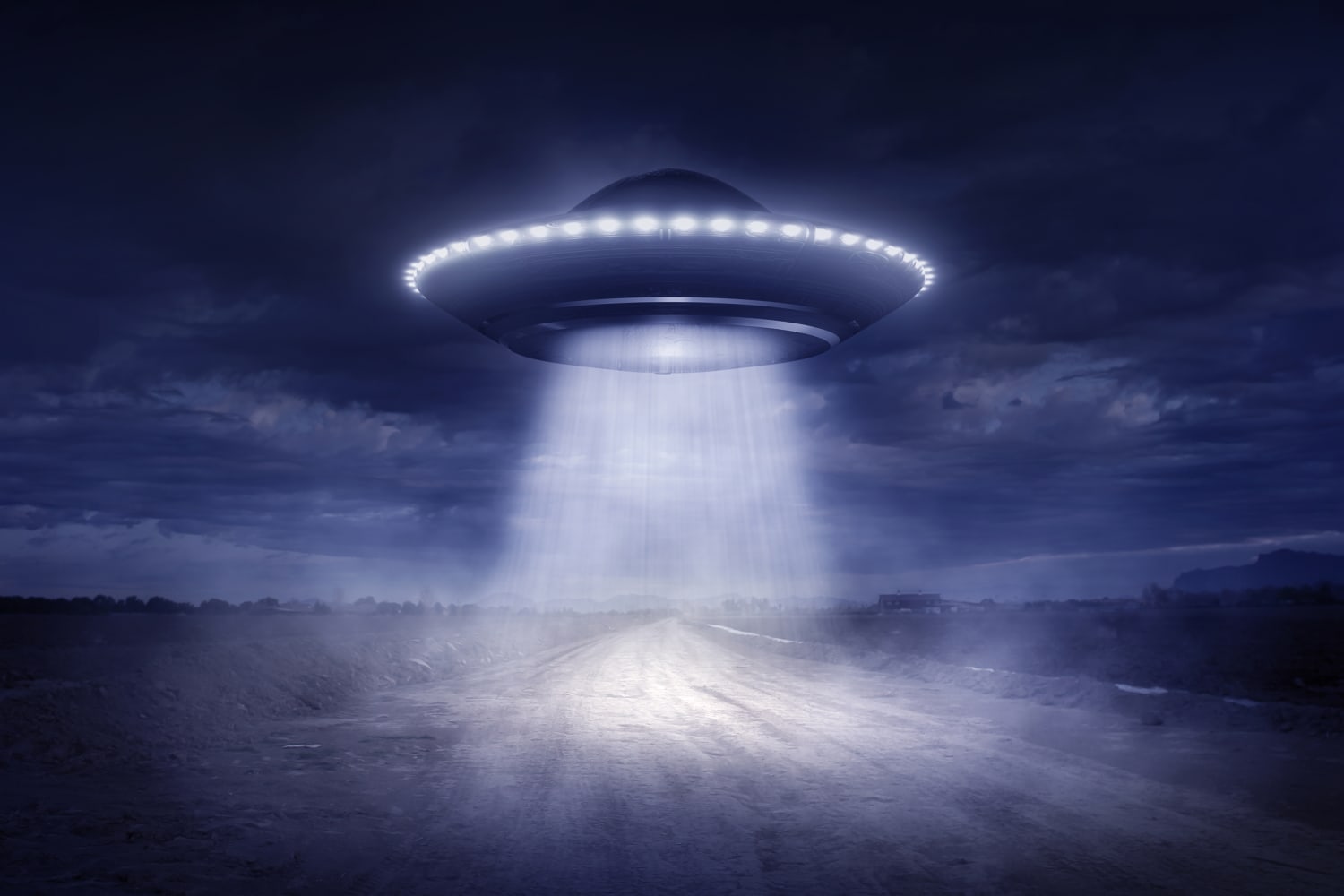Clyde Tombaugh, the astronomer who discovered Pluto, tracked its motion between January 23, 1930 and January 29, 1930, the dates on which the first and second photos of the planet were obtained, respectively. During this time, Pluto made its presence known to Tombaugh. Clyde Tombaugh, an astronomer, was the one who made the discovery of the dwarf planet Pluto in 1930.

Nevertheless, in 1949, he and his family had a remarkable experience with a UFO that took place in the backyard of their home in New Mexico. During the course of his lengthy career, he asserted on multiple occasions that he had been a witness to incomprehensible events in the sky.

The man who discovered Pluto, Clyde Tombaugh
Clyde W. Tombaugh, an astronomer, was the one who made the discovery of the planet Pluto in January of 1930. On the evening of August 20, 1949, around 10:45 o’clock, he, his wife, and his mother-in-law witnessed something that had the potential to be significant to the advancement of science. When the occurrence took place, all three spectators were standing in the backyard of the Tombaughs’ residence in Las Cruces, New Mexico, looking up at the stars.

“I happened to be looking at the zenith when suddenly I spied a geometrical group of faint bluish-green rectangles of light similar to the Lubbock lights. As the group moved south-southeasterly, the individual rectangles became foreshortened, their space of formation smaller (at first it was about one degree across, twice the diameter of the full moon), and their intensity duller, fading from view at about 35 degrees above the horizon. The total time of visibility was about three seconds. I was too flabbergasted to count the number of rectangles of light or to note some other features I wondered about a year later. There was no sound. I have done thousands of hours of night sky watching, but never saw a sight so strange as this. The rectangles of light were of low luminosity: had there been a full moon in the sky, I am sure they would not have been visible.My wife thought she saw a faint connecting glow across the structure. The illuminated rectangles I saw did maintain an exactly fixed position with respect to each other, which would tend to support the impression of solidity.”
In 1953 astronomer and UFO debunker Donald H. Menzel:
“Hazarded a guess… that a low, thin layer of haze or smoke reflected the light of a distant house or some other multiple source.”
However, Tombaugh did not agree with his colleague’s suggestion and stated in writing that:
“I doubt that the phenomenon was any terrestrial reflection, because in that case, some similarity to it should have appeared many times but nothing of the kind has ever appeared before or since.”

Clyde Tombaugh
Menzel’s theory seemed plausible to James E. Mcdonald, an atmospheric physicist:
“Physically absurd, no inversion ever known in the history of meteorology could give a reflection at the near-normal incidence involved here.”
In a personal letter written in 1956 to ufologist Leonard H. Stringfield, Tombaugh claimed that he had more encounters with unidentified flying objects (UFOs):
“I have seen three objects within the past seven years which defied any explanation of known phenomena, such as Venus, atmospheric optics, meteors, or planes. I am a professional, highly skilled observing astronomer. In addition, I have seen three green fireballs which were unusual in behaviour from scores of normal green fireballs. I think that several reputable scientists are being unscientific in refusing to entertain the possibility of extraterrestrial origin and nature.”
Over the years, Tombaugh’s views on the significance of what he had observed were diametrically opposed. In January 1957, the Associated Press reported that he clearly supported the reality of interstellar travel. Tombaugh released a statement in the early 1960s that, despite his earlier criticism of the theory, backed Menzel’s atmospheric-reflection theory.
In a complete reversal of a previous assertion, he argued that the fact that he had never observed anything similar before or afterwards indicated that it was a natural phenomenon, although a “comparatively rare” one. He believed that visitation from other solar systems was almost impossible due to logistics.
However, in a telephone interview with McDonald on October 24, 1966, Tombaugh stated that UFOs “deserve rigorous scientific inquiry by trustworthy individuals” and that alien presence was feasible. In 1975, he indicated that he was unable to explain what he had witnessed, stating that it remained “a very open question.”
Tombaugh told astronomer and Project Blue Book consultant J. Allen Hynek about a second sighting a year or two after the first. Hynek wrote in a classified memo and it was stated earlier:
“While at telescope No. 3 at White Sands (proving ground), Tombaugh observed an object of -6 magnitude (four times brighter than the planet Venus at its brightest) travelling from the zenith to the southern horizon in about three seconds. The object executed the same maneuvers as the nighttime luminous object”
Source: www.infinityexplorers.com








